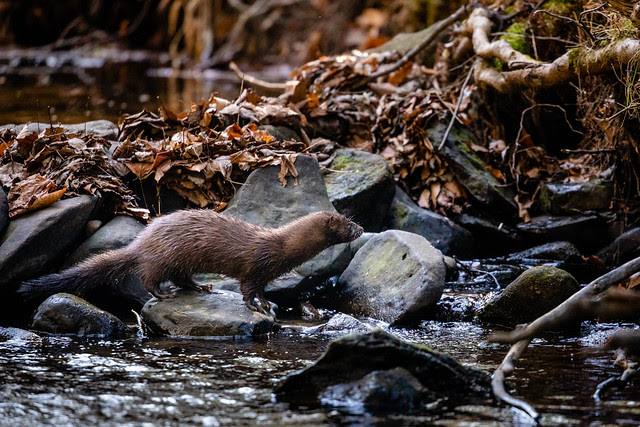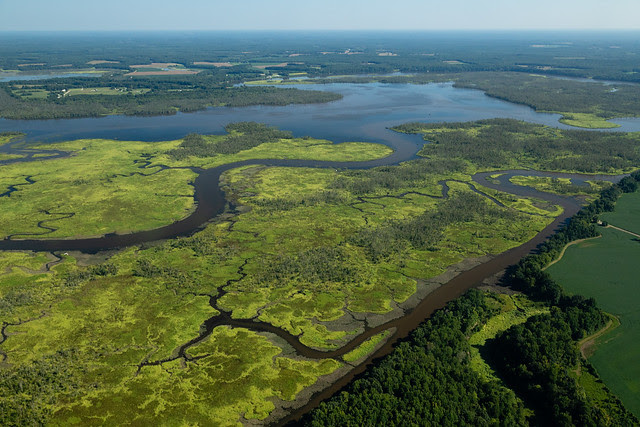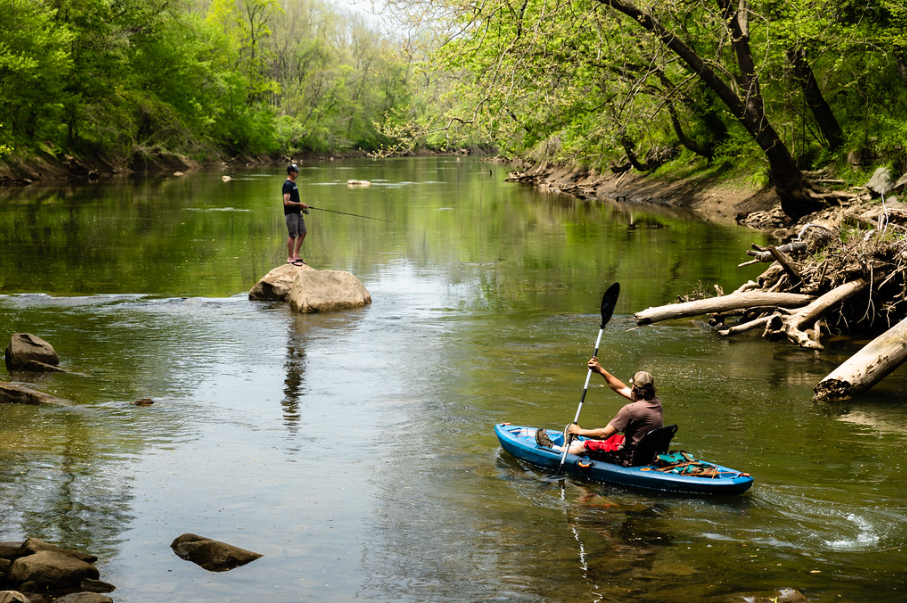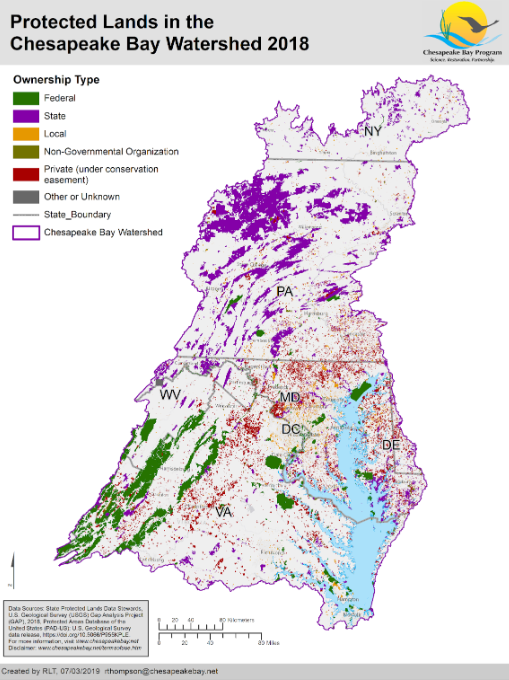Susquehanna State Park in Harford County, Maryland
(Photo Credit: Chesapeake Bay Program)
Protected areas throughout the world perform many functions. They are essential for conserving biodiversity, and for delivering virtual ecosystem services, such as protecting watersheds and soils and shielding human communities from natural disasters.
Many protected areas are important to local communities as they are places for people and recreation. Most protected landscapes embody important cultural values; some of them reflect sustainable land use practices, and are important to research and education.
Protecting Public Lands
Americans share ownership of approximately 640 million acres of land and water in the United States. These public lands include federal designations like national parks, forests, wildlife refuges, and monuments as well as state and local areas owned by the public.
These places are managed by many different federal agencies for a wide variety of purposes. Agencies within the Department of the Interior, Department of Agriculture, Bureau of Land Management and Forest Service bear most of the management responsibility.
Climate Change and Protected Lands
Climate change poses a grave risk to our national parks, forests and refuges and to the species and ecosystems they support. A primary concern for protected area managers is that some species may be moving out of the reserves, parks and wilderness areas designated to protect them. There is good evidence that recent and ongoing climate change is leading to rapid changes in the distributions of species. If species’ future ranges move outside protected areas, and species cannot migrate to new regions due to fragmented or degraded landscapes, or suitable habitat becomes too scarce, populations and species may face significant population declines
Climate change also has effects on recreation, due to the sustainability of locations for recreation and the amount of seasonality for activities. In short, the direct effects of temperature on the comfort and experience of visitors will likely affect recreation decisions.
Protected areas may be some of the most sensitive regions of the planet to changes in climate. They are often isolated fragments in the midst of degraded or developed landscapes and they often contain rare or unique species and communities with narrow environmental tolerances. To address the growing impact of changing climate on our lands, waters, and wildlife, agencies have developed strategic and innovative plans such as climate adaptation training to federal and state land managers creating tailored adaptation guides for resources managers.

American Mink
(Photo Credit: Chesapeake Bay Program)
How Can We Support the Protection of Lands and Natural Resources?
There are a variety of ways individuals can support the protection of lands and natural resources such as attending locally organized events that support the protection of protected lands, dollar amount donations, land donations, volunteering, and participating in local public meetings on land use and planning.
Land conservation related agencies and organizations can offer support and technical assistance to communities trying to protect their land and natural resources – such as providing mapping, developing internal bylaws, navigating consultations, and monitoring company activities in communities with little or no legal protection for community land rights.
Other forms of support may come from federal budget appropriations, climate legislation, conservation programs and environmental damage mitigation.
Larger scale conservation across landscapes and across state or local government boundaries can be implemented through regional or watershed-based networks of partners, to “go farther faster” as reaching the 30% goal by 2030.

Cumberland Marsh Natural Area Preserve
(Photo Credit: Chesapeake Bay Program)
Protected Lands in the Chesapeake
Watershed-wide, protected lands have increased 17 percent since the 2010 baseline – the 9.2 million acres of protected lands in the watershed account for 22 percent of the total land in the region!
This winter we will take a deeper look into the current rate of protected areas across the Chesapeake Watershed and will discuss how states watershed-wide are contributing to the protection of 30% of the watershed by 2030.
Image credit:
- Protected Lands (Photo Credit: Chesapeake Bay Program/Renee Thompson)
Lightning Update is a regular communication of the Chesapeake Conservation Partnership. Any opinions expressed are those of the authors and do not necessarily reflect positions of the Partnership or member organizations.
To share a success story, news, or important event, send your information to:
Support for the Chesapeake Conservation Partnership is provided by:
National Park Service Chesapeake
EPA Chesapeake Bay Program
USDA Forest Service
Pennsylvania Department of Conservation & Natural Resources
Maryland Department of Natural Resources
Virginia Outdoors Foundation
US Fish & Wildlife Service
Chesapeake Conservancy
The Chesapeake Conservation Partnership is co-convened by:





